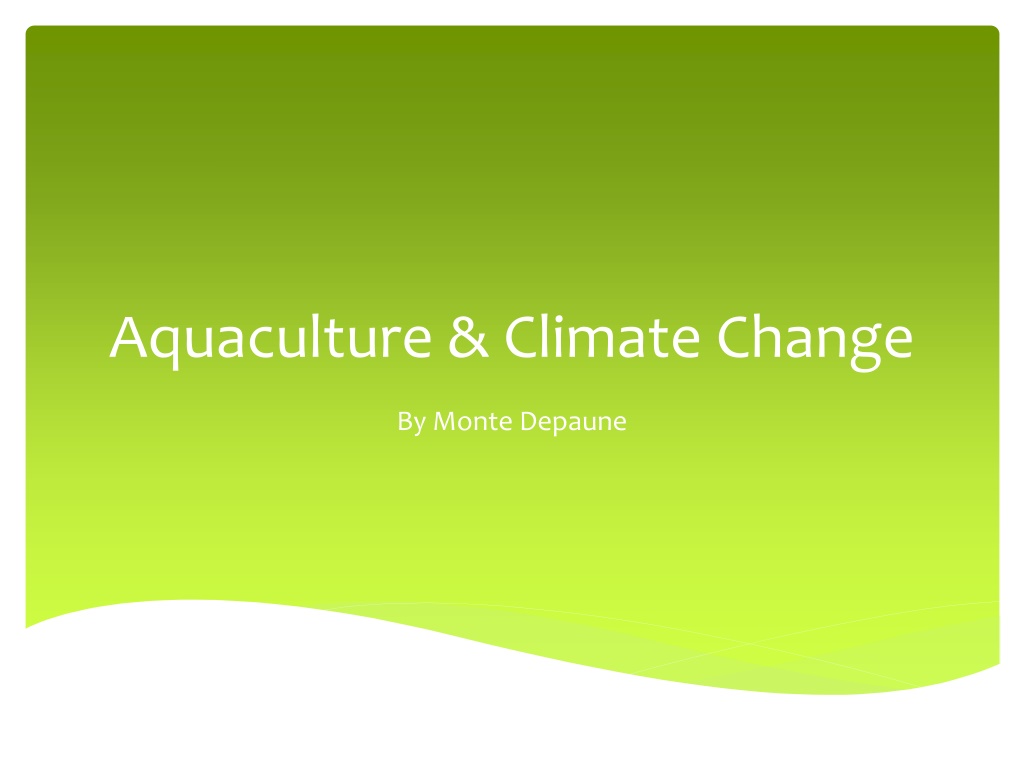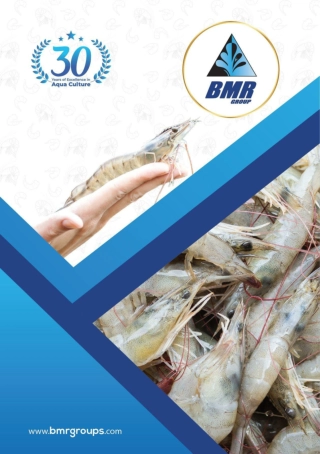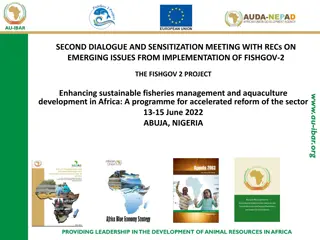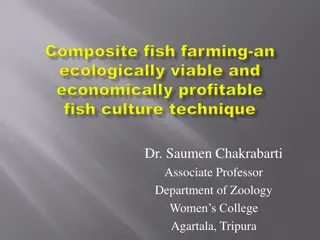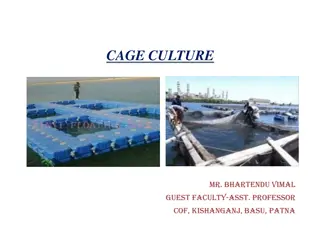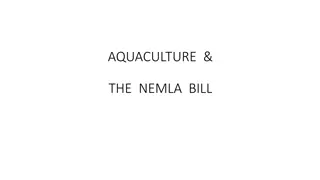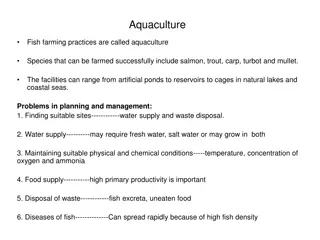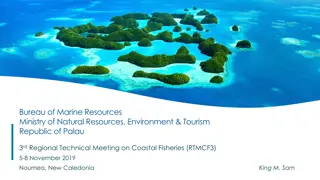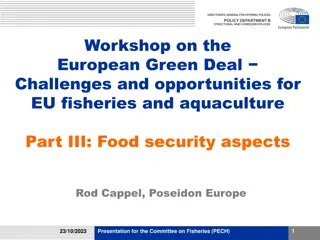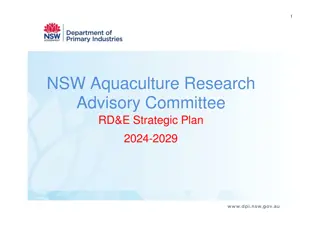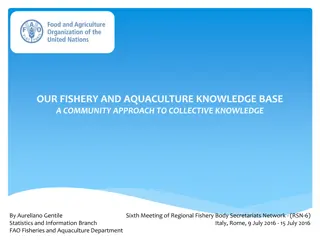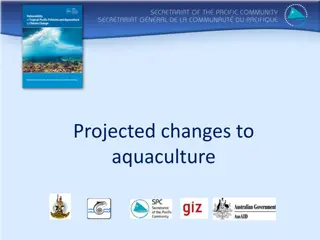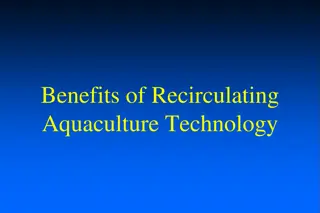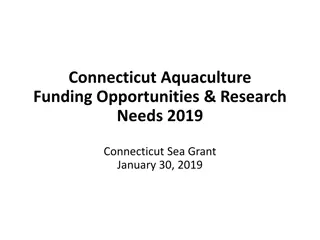Aquaculture and Climate Change: Strategies for Sustainable Milkfish Farming in Nauru
Nauru is looking to revitalize its aquaculture sector by focusing on milkfish farming to enhance food security and economic sustainability. The government is taking steps to develop aquaculture infrastructure and expand production to meet growing demand. With projected changes due to climate change, there are both opportunities and challenges in milkfish aquaculture, such as increased growth rates but also potential management issues related to rising temperatures.
Download Presentation

Please find below an Image/Link to download the presentation.
The content on the website is provided AS IS for your information and personal use only. It may not be sold, licensed, or shared on other websites without obtaining consent from the author. Download presentation by click this link. If you encounter any issues during the download, it is possible that the publisher has removed the file from their server.
E N D
Presentation Transcript
Aquaculture & Climate Change By Monte Depaune
Introduction Nauru traditionally practiced extensive aquaculture method of milkfish (Ibiya). Currently there are few people involved still involved in aquaculture for subsistence purposes. There is a move to revive aquaculture of milkfish with the main aim of substituting importation of the product and creating an alternative livelihood.
Current Status of Aquaculture Recommendations Action Taken A review of the 5 Year Aquaculture Development Plan is being finalized. The Nauru Aquaculture Holding Facility will be constructed this year and operational by the end of the year. Govt considers strengthening development of the aquaculture sector (i.e. brackishwater farming of milkfish) and looks at the possibility of mariculture of certain species, to expand options currently available from reef resources.
Food security Culture brackishwater fish for food security is gaining momentum Drivers are increasing populations and a decline in the coastal fisheries
Milkfish Brackish ponds Freshwater ponds Cage culture
Milkfish Production 30 80 tonnes per year in intensive systems in Guam 5 15 tonnes per year in Kiribati Four farms now operate in Palau Capture-based culture trials underway in Fiji, Solomon Islands and Tonga
Projections for milkfish Increased temperatures will extend the geographical range of spawners and season for fry collection Result in faster growth rates But some pond management problems
Pond management Increased risk of stratification from higher temperatures causing de-oxygenation; pond aeration may be needed Greater heat stress, and incidence of pathogens
Overall assessment Milkfish aquaculture is likely to be favoured by climate change
Nile tilapia Semi-intensive culture in earthen ponds Lined ponds Aquaponics Red Tilapia Cage Culture Intensive Recirculating Intensive flow-through
Projections for Nile tilapia Tilapia aquaculture has a low vulnerability and is expected benefit from warmer temperatures and higher rainfall
Pond management Increased risk of stratification from higher temperatures causing de-oxygenation; pond aeration may be needed Greater heat stress, and incidence of pathogens
Overall assessment Nile tilapia aquaculture is likely to be favoured by climate change
Summary Plans to increase future production and livelihoods from brackishwater aquaculture are national priorities Brackishwater aquaculture should benefit from climate change
